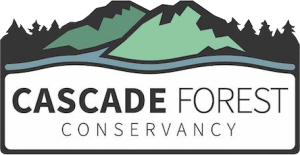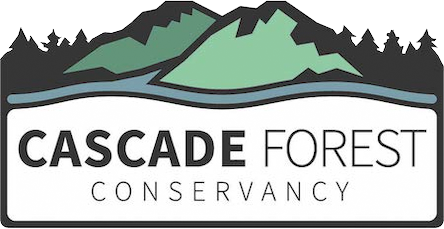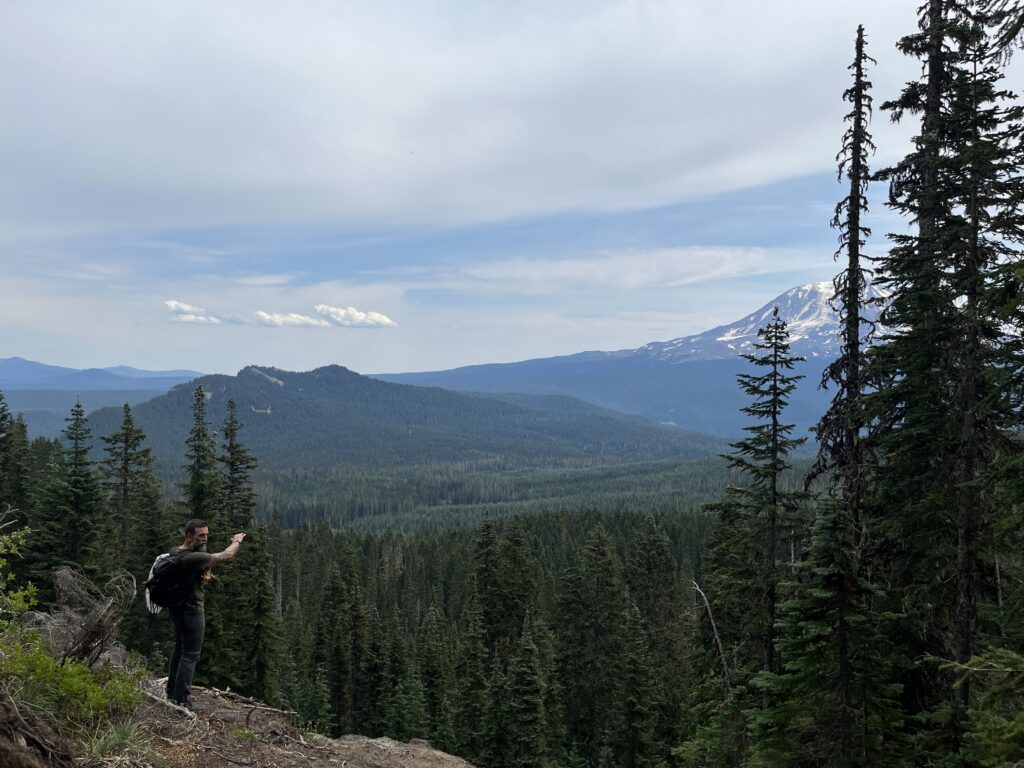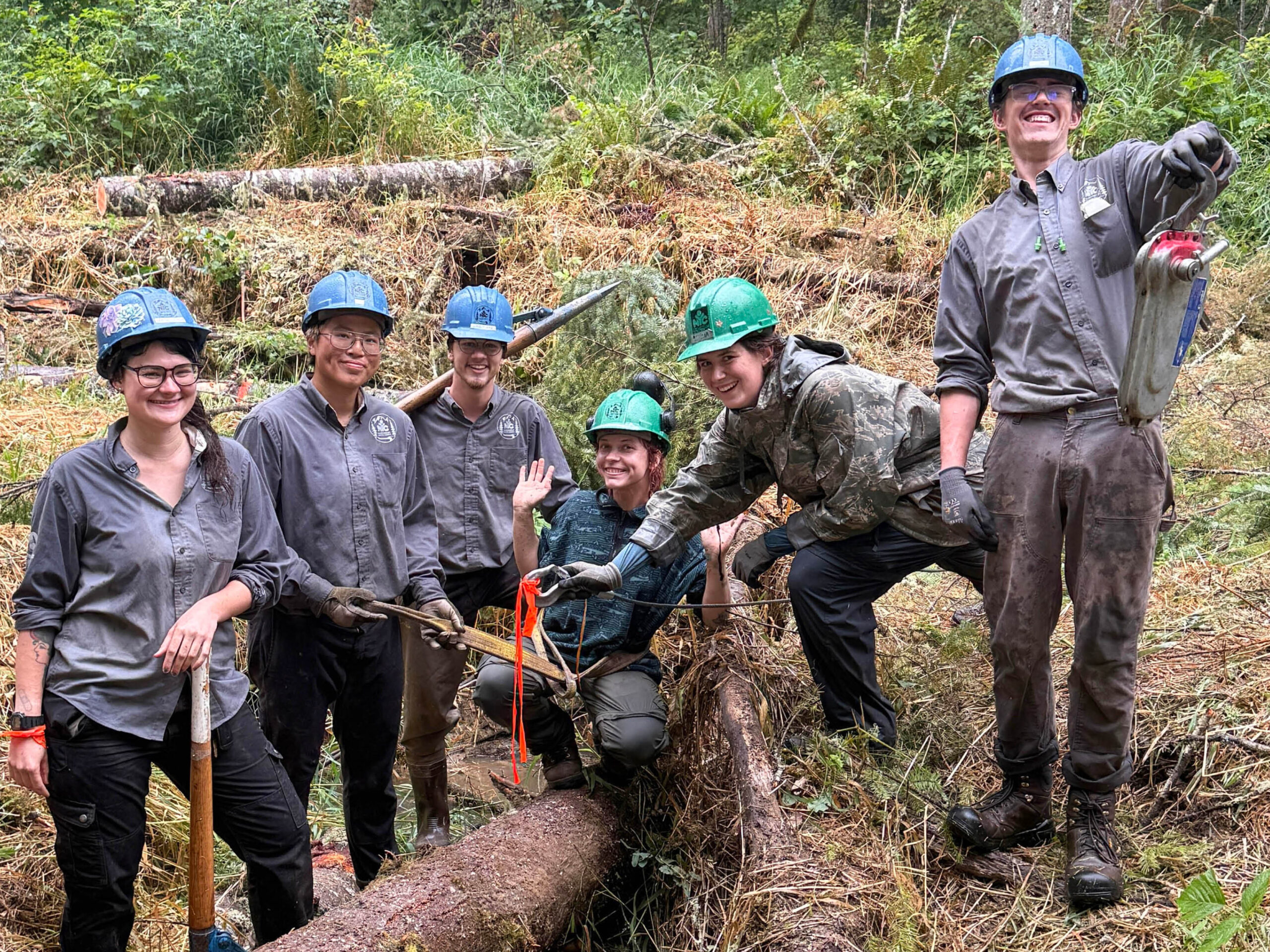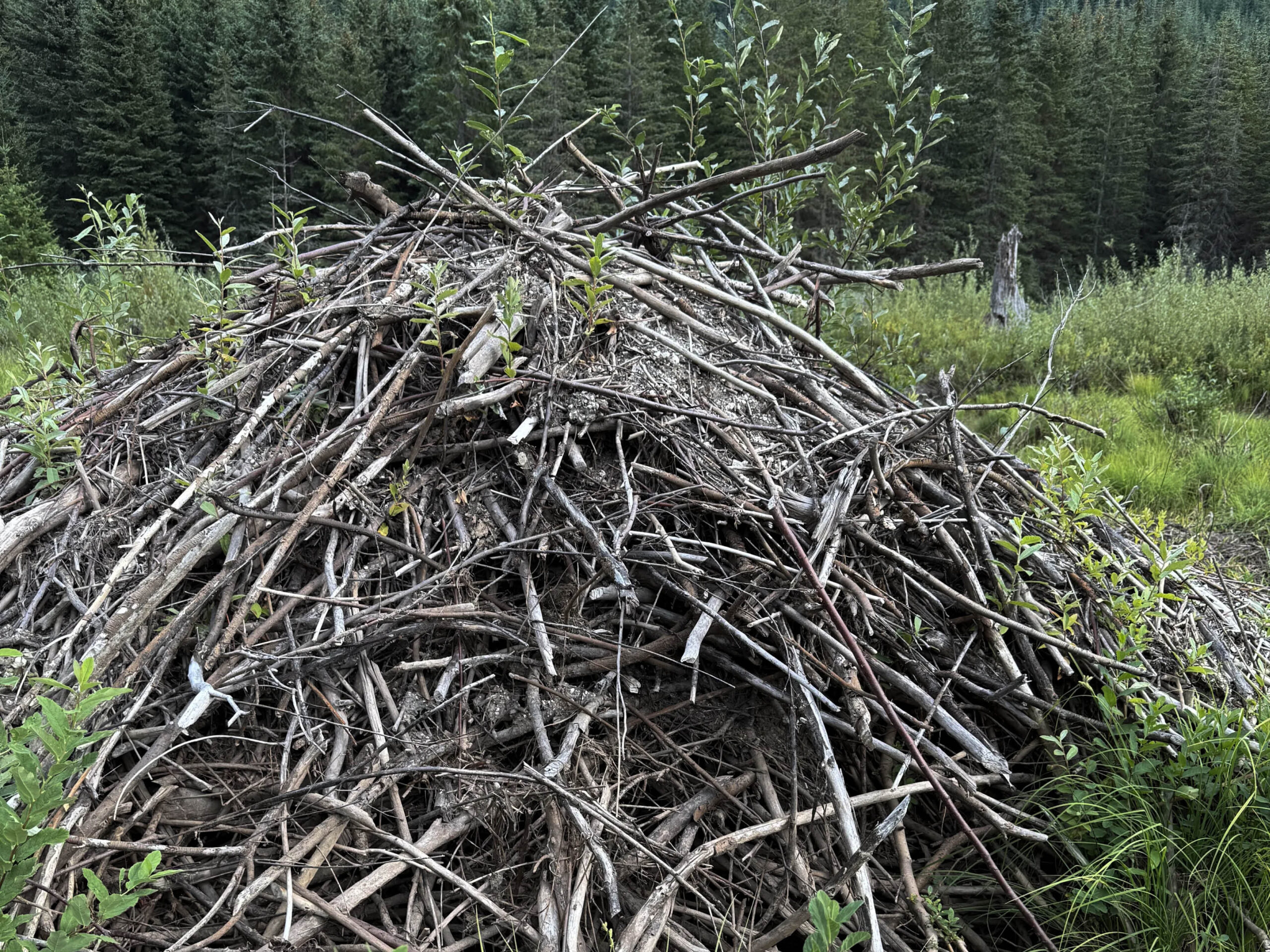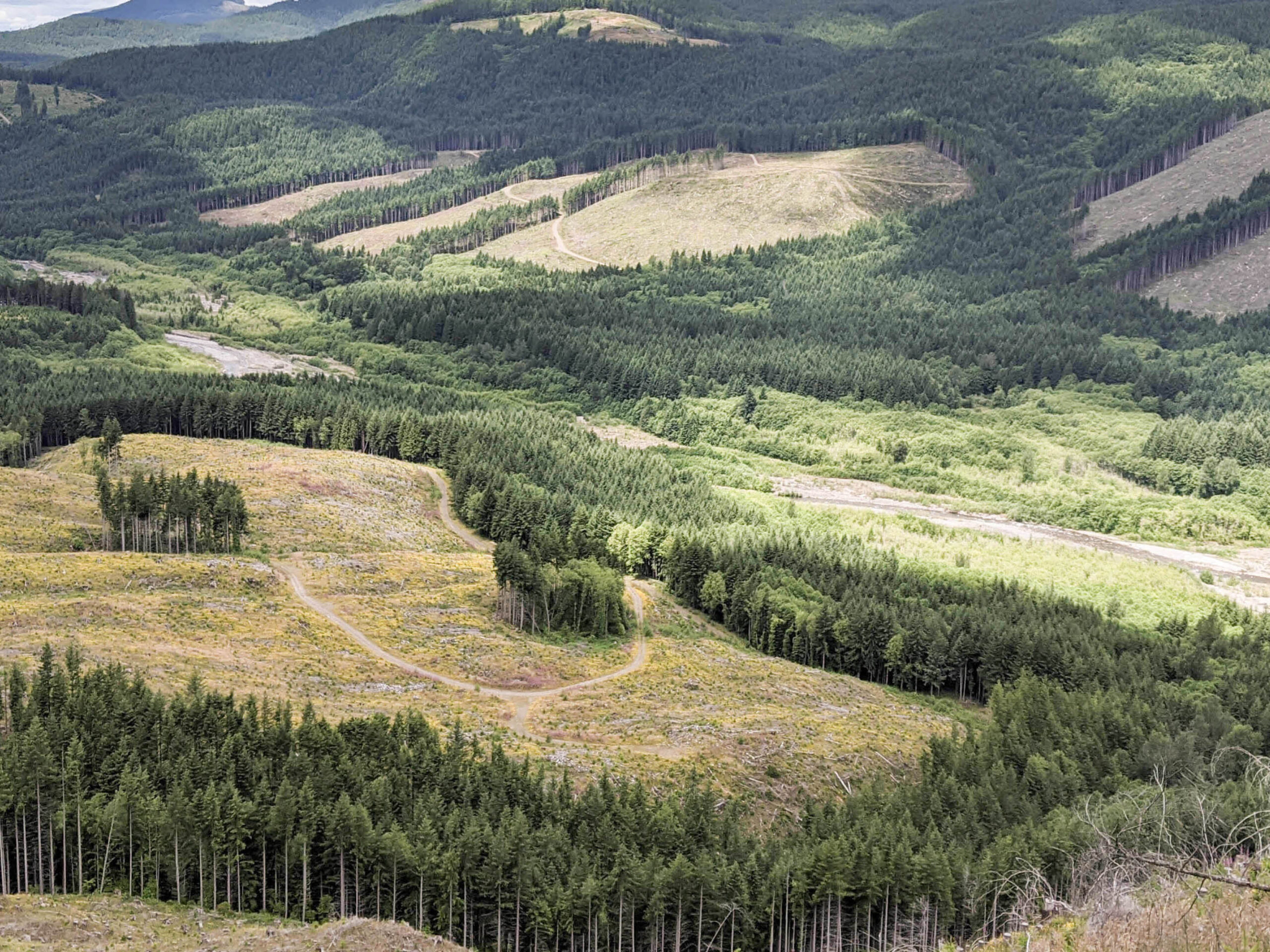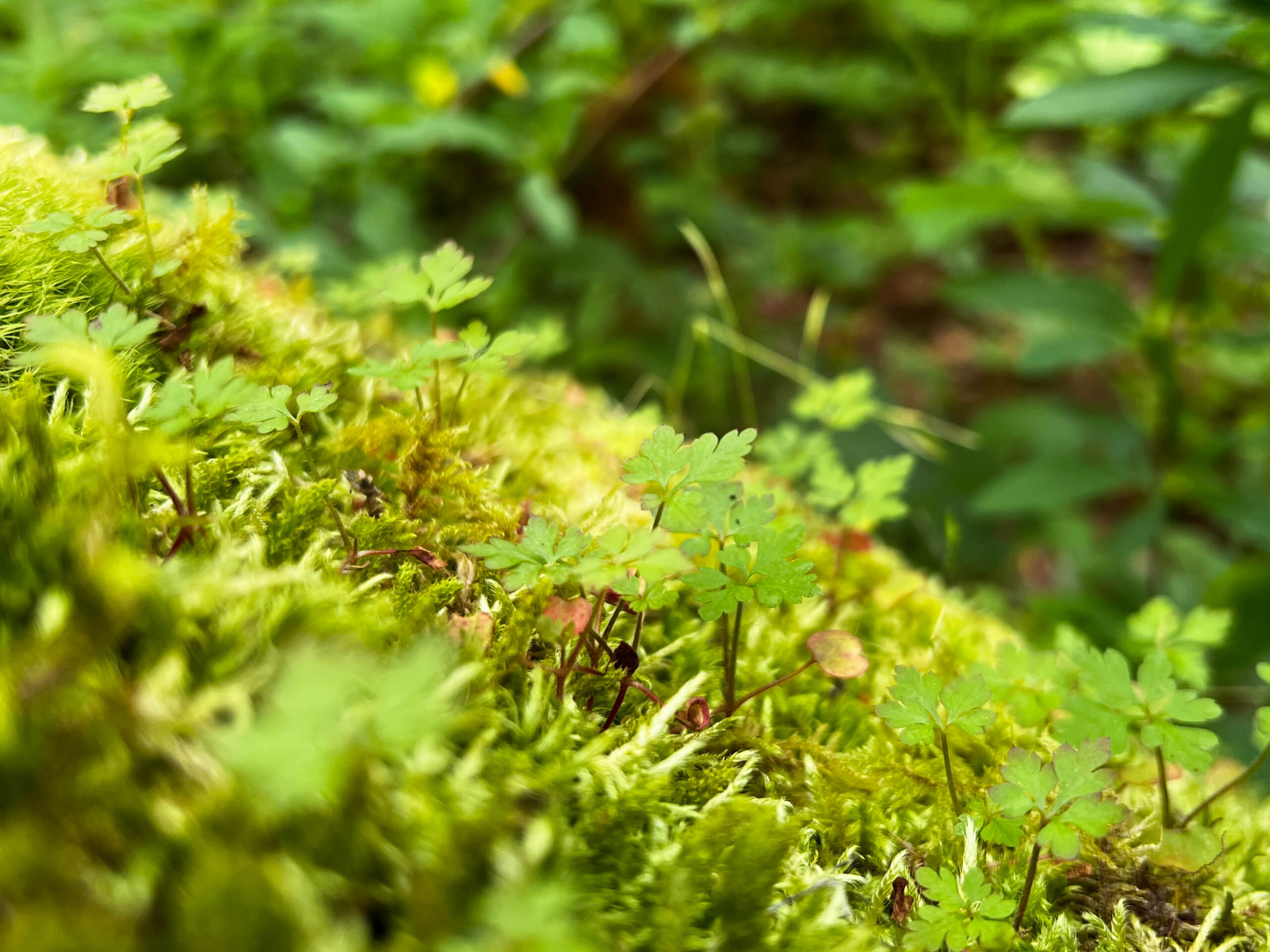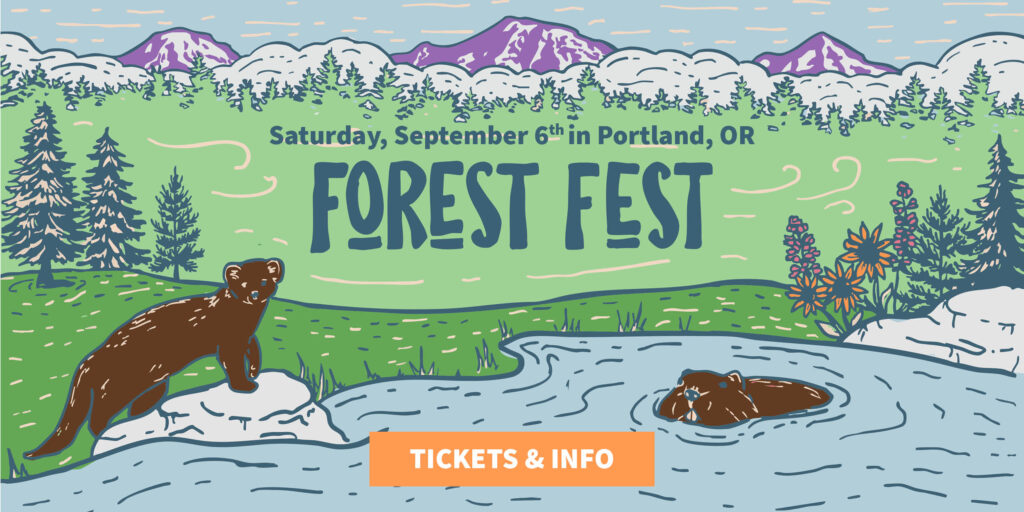The 2001 Roadless Rule created a new type of land designation called Inventoried Roadless Areas and is responsible for protecting a large number of un-roaded landscapes across a wide range of regions and ecosystems throughout the national forest system. In total, the rule safeguards 58 million acres of intact wildlife habitat and backcountry, more than any federal action besides the Wilderness Act of 1964.
Places like roadless areas, large areas where natural processes proceed free from excessive industrial incursion, are increasingly rare. They are places where the Earth is able to retain some of its wildness. They are critically important bastions of biodiversity and some of the last remaining refuges for species with little or no other suitable habitat left. Most are also places where recreation is quiet and where human visitors move at the speed of foot, hoof, and bicycle.
Today, the rule that established and protects Inventoried Roadless Areas is under attack.
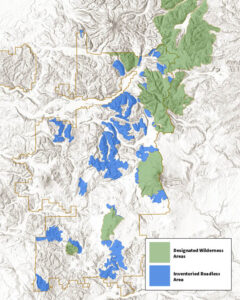
We’re fortunate that significant portions of the landscapes we work to protect in the southern Washington Cascades are currently designated as Wilderness or Inventoried Roadless Areas. The existence of these large areas of connected and un-roaded lands plays a significant role in our region’s appeal to outdoor enthusiasts from around the world. For those of us fortunate to have the opportunity and ability to venture in, spending time in the Roadless and Wilderness areas of the Gifford Pinchot can be a moving and meaningful experience. Stepping onto a place on Earth miles from the nearest road can inspire wonder, awe, inspiration, humility, a feeling of connection to and appreciation for the natural world, or any number of other unique, powerful, even spiritual experiences that make our lives fuller and richer.
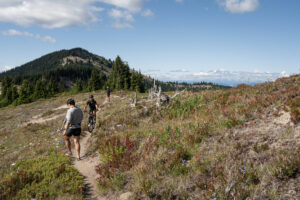
The Gifford Pinchot’s roadless areas also play a role in sustaining our region’s wildlife and biodiversity. The ecological benefits of large intact areas of wildlife habitat extend far beyond the boundaries put in place to preserve them. In addition to providing refuge for species that need a lot of space away from human development to thrive, un-roaded areas provide space where species impacted by over-hunting or trapping, like fishers, martens, or the iconic grey wolf, have a better chance of making a recovery.
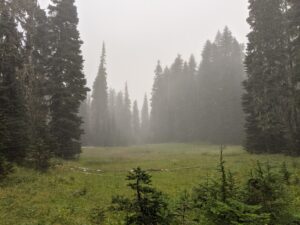
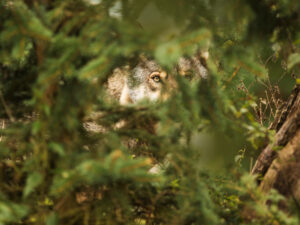
The continued existence of these Inventoried Roadless Areas is now threatened by the Trump administration’s stated intention to reverse the Roadless Rule, enabling and encouraging exploitation of intact ecosystems that have long been off-limits to commercial interests. The upcoming fight over the rule will have profound impacts for wildlife populations, the preservation of biodiversity, and outdoor recreation here in the Pacific Northwest and across the country.
CFC is ready to respond once the administration follows through on its plans. Our partners and allies are ready to respond. And we’ll share the ways you can speak up and take action in defense of roadless areas when the moment for public comment arrives.
Part two of our series on the 2001 Roadless Rule, where we dive deeper into the history of the rule and the impacts of roads themselves on forest ecosystems, is coming next week.
